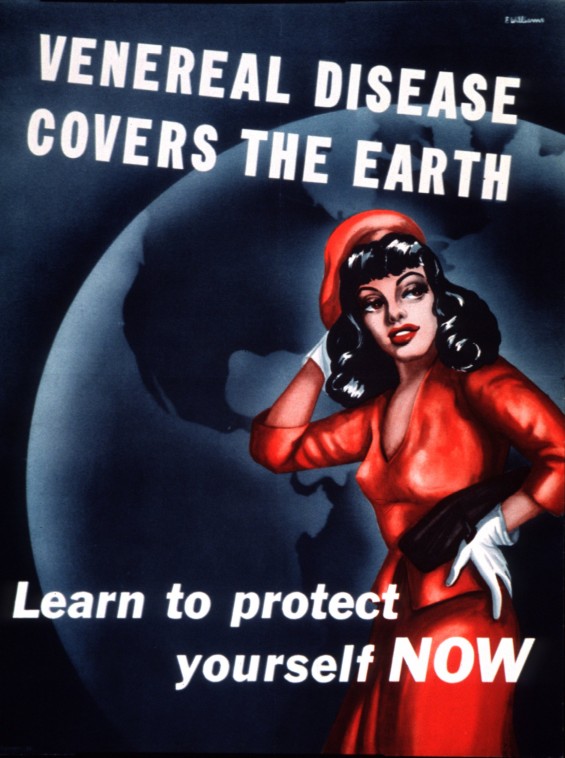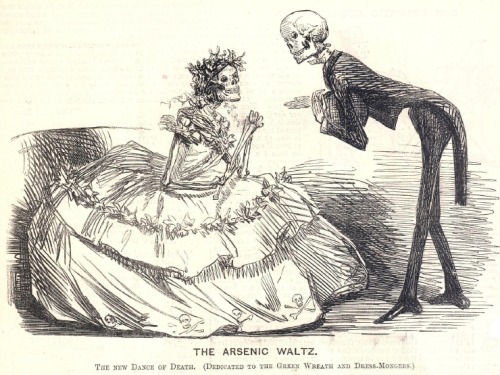
I’ve been making my rounds through the blog world the way that I do on Sundays and it seems like one of the running themes over the past couple months is the question of authenticity and ‘reality’ of belief, especially when those ideas intersect with the Pagan mindset.
To break down an (apparently wide spread) discussion the question of the late summer is this: does it actually matter if something was made up, say, 15 years ago-just to pull a random date out of the air-versus 1,500 years ago if there is a potential for what happened 15 years ago to have happened 1,500 years ago?
To really give you a shorthand: what do we do with the implication that it’s all made up anyway?
I’m going to ramble a little and give you one of my all time favorite Pratchett quotes, as a practitioner of a minority faith trained in sociology:
“All right,” said Susan. “I’m not stupid. You’re saying humans need… fantasies to make life bearable.”
REALLY? AS IF IT WAS SOME KIND OF PINK PILL? NO. HUMANS NEED FANTASY TO BE HUMAN. TO BE THE PLACE WHERE THE FALLING ANGEL MEETS THE RISING APE.
“Tooth fairies? Hogfathers? Little—”
YES. AS PRACTICE. YOU HAVE TO START OUT LEARNING TO BELIEVE THE LITTLE LIES.
“So we can believe the big ones?”
YES. JUSTICE. MERCY. DUTY. THAT SORT OF THING.
“They’re not the same at all!”
YOU THINK SO? THEN TAKE THE UNIVERSE AND GRIND IT DOWN TO THE FINEST POWDER AND SIEVE IT THROUGH THE FINEST SIEVE AND THEN SHOW ME ONE ATOM OF JUSTICE, ONE MOLECULE OF MERCY. AND YET—Death waved a hand. AND YET YOU ACT AS IF THERE IS SOME IDEAL ORDER IN THE WORLD, AS IF THERE IS SOME…SOME RIGHTNESS IN THE UNIVERSE BY WHICH IT MAY BE JUDGED.
“Yes, but people have got to believe that, or what’s the point—”
MY POINT EXACTLY.”
― Terry Pratchett, Hogfather
The voice of Death in Pratchett’s novels is always presented in all caps.
For me, the simplest answer is this: it doesn’t matter if the myths, the superstitions, the folklore, the whatever name you want to give it, are ‘real’. That’s not the point. The real question is, what role is this belief playing in your life, and is that role a healthy one? Are you finding comfort out of this? Is this your excuse to lash out at people and establish your sense of social superiority?
The (potentially) uncomfortable reality is that if we know that some of the ideas that are floating around Pagan thought right now are current to say the last 100 years or so, there’s no reason to think that a lot of what is just accepted as part of various mythos were just made up as well. There’s really no reason to assume that some folklore and myths weren’t the period’s version of the Charlie Charlie Challenge that just seemed to be popular enough to make it through to now. But that’s not really the point, because the social function of any religious type thought really isn’t the what stories the thought is telling, it’s what role and support it’s playing in the social thought and structure of the believer.
I’m not trying to discount the role of authenticity entirely. There are times when it’s completely valid (I sort of dance around it in a lot of my discussions of fae lore-that whole issue of ‘why are you thinking that fae are small and beautiful and gentle? Because they kind of aren’t, according to the people who interacted with them in a religious sense’). There are times when it’s not even valid, it’s necessary, in relation to the development of social thought and social history. The point I’m trying to make, in terms of the social functioning of mythology, is that -all- myth and/or religious thought was ‘brand new’ at some point, it didn’t drop out of the sky fully formed, and there were liberties taken with the modification of stories and myth telling.
I do not use liberties here to imply something dirty or a deliberate muddying of a myth, just that even with texts that we see, symbolically, as fully formed, there was a point where the mythology was still being developed with the story being dependent on who was doing the telling.
Example: The P and J versions of the Garden of Eden story presented within Genesis.
So maybe the question isn’t ‘is it authentic?’, the question is ‘is it authentic to the era under discussion?’ with a dash of ‘what is the structural function of the myth in the lives of the people claiming to be believers?’








